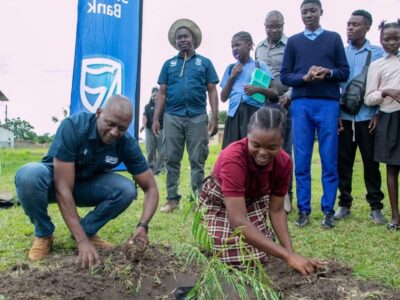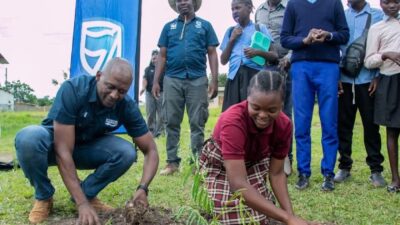The government of Zambia has announced a reduction in the national fish deficit to 51,000 metric tonnes, down from 74,000 metric tonnes in 2023.
Finance and National Planning Minister, Dr. Situmbeko Musokotwane, revealed this development during his presentation of the K217 billion 2025 national budget in Parliament on Friday.
To facilitate year-round production of fingerlings at government fish farms, greenhouses, he said, are being constructed at fish farms in Chadiza, Kaoma, Mwenda, Mwinilunga, and Sinda.
Musokotwane stated the importance of fingerling production, stating that three new hatcheries are being established in Kasempa, Mushindamo and Samfya aqua parks, increasing the total to 84 by 2025.
“This will increase fingerling production to 460 million in 2025 from the current 433.4 million. Building resilience in the agriculture sector is imperative for the growth of our economy,” Musokotwane said.
The Minister also addressed the challenges faced during the 2023/2024 farming season, noting that crop production was severely impacted by the El Niño phenomenon in seven out of ten provinces.
He reported significant reductions in the production of various crops: soya beans fell by 77.7 percent, rice by 60.8 percent, and maize by 53.6 percent, with similar trends observed in cassava, millet, sorghum, wheat, and groundnuts.
“The consequence was a deficit in the national food balance sheet of 2.1 million metric tonnes of maize grain equivalent,” Musokotwane explained.
In response, the government launched the Comprehensive Agriculture Transformation Support Programme in July, which focused on seven key components: irrigation, mechanization financing, farm blocks, extension services, input support, agro-processing, and infrastructure development, according to the minister.
Read More: Research centre reviews new Fisheries and Aquatic policy, recommends way forward
“The objective was to increase food security, improve nutrition, create jobs, and increase agricultural exports,” he added.
Furthermore, Musokotwane highlighted government’s efforts in livestock health, stating that this year, 620,000 doses of the Contagious Bovine Pleuropneumonia (CBPP) vaccine were procured for 380,783 cattle across Muchinga, Northern, Northwestern, and Western provinces.
He also noted that 437,051 cattles were vaccinated against foot and mouth disease in Itezhi Tezhi, Kalomo, Mkushi, and Namwala.
Musokotwane assured that the government would continue to implement animal disease prevention measures through the construction of biosecurity checkpoints, quarantine stations, and the operationalization of regional and district laboratories.
WARNING! All rights reserved. This material, and other digital content on this website, may not be reproduced, published, broadcast, rewritten or redistributed in whole or in part without prior express permission from ZAMBIA MONITOR.













Comments